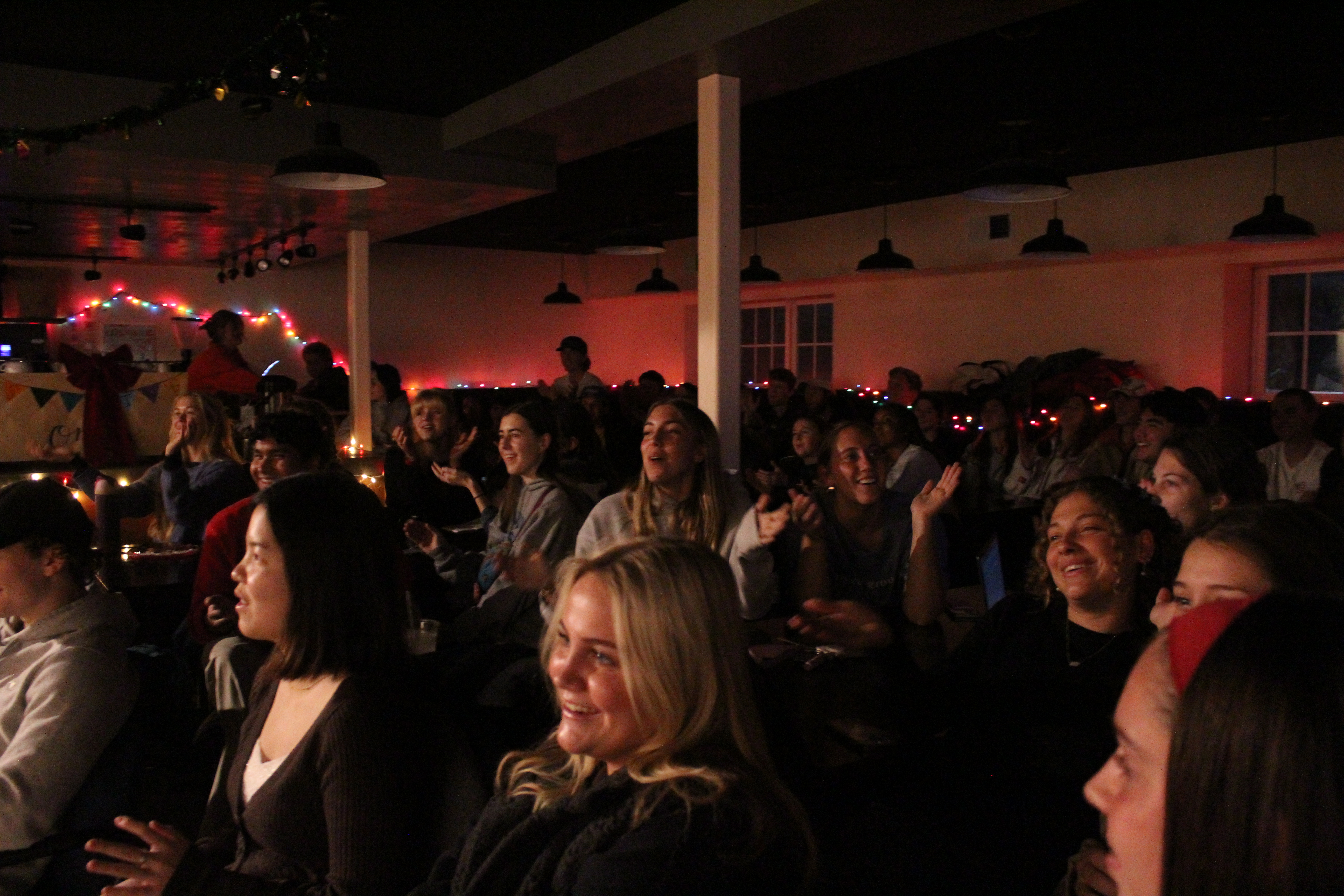![]()
One of the biggest questions in social science research stems from the following fact: Christianity is on the decline in the United States. In 2009, 77% of American adults identified as Christian as opposed to 65% today. Meanwhile, those who identify as nothing in particular (the “nones”) are on the rise, jumping from 17% to 26% over the same period according to the Pew Research Center. The numbers are staggering considering the size of the American population. A report by the CIA World Factbook indicates that, at 26%, the nones encompass 87,099,583 people, outnumbering the entire population of Germany by over 7 million. So, the question is, why are people leaving religion, and why aren’t they coming back? This question bears interest to Christians and other religious affiliates alike, as the only way to bring people back is to understand why they are leaving. The nones are defined as the group of people who identify as either atheist, agnostic or “nothing in particular.” In other words, they are either mostly or entirely disaffiliated religiously. The group is primarily comprised of young people: 36% of people between the ages of 24 and 30 (born 1990-1996) identify as nones. Older generations are still disaffiliating but at lower rates than young people. Pew Research Center statistics suggest that 34% of older Millennials (b. 1981-1989), 23% of Gen X (b. 1965-1980), 17% of Baby Boomers (b. 1946-1964) and 11% of the Silent Generation (b. 1928-1945) identified as nones in 2015. According to the latest data, the numbers have only gone up since then.
A Gallup poll by Newport establishes that age is the most significant identifier of religious disaffiliation, but sex, race, immigration status, parental status and marital status are additional demographic identifiers that have been used to measure the group. Demographically, 57% of nones are male and 43% are female. The overwhelming majority of nones are white (68%), while Blacks (9%), Asians (5%), Latinos (13%) and others/mixed (4%) each hold a relatively small portion of the population. Three-quarters of nones are third-generation immigrants or higher; only 13% of first-generation and 12% of second-generation immigrants are nones. Seventy-four percent of nones do not have children under the age of 18, and they are equally married and unmarried at 37% for each category. Characteristically, church attendance among the nones is meager, with Pew Research Center reporting 72% attending seldom or never. Interestingly, however, 4% of nones say that they attend church at least once a week. Political party affiliation is the last factor worth considering, as 54% of nones identify as Democrat or lean Democrat. Meanwhile, 22% have no leaning, and 23% are Republican or lean Republican. The nones make up 28% of the entire Democratic party, surpassing Protestants and Catholics, who are at 22% and 21%, respectively. Only 14% of the Republican party is comprised of nones, the majority demographic being Evangelical Protestants at 38%, per statistics from the Pew Research Center.
These are the facts, but what do they mean? The data shows correlation after correlation between varying demographics and the nones, but it does nothing to answer the foundational question of causation. For example, being white holds no bearing over being disaffiliated despite white people making up 68% of the nones. Each seemingly correlated demographic factor is influenced by a volume of other factors that may explain high and low percentages. White people, while being 68% of the nones, are also 76.3% of the entire U.S. population according to the United States Census Bureau, so it makes sense that they would be overrepresented in almost any given population. There are alternate explanations for nearly every one of the demographics examined here, with the notable exception of political affiliation. Political affiliation is one of the few demographic measurements that has been shown to have a consistent link to disaffiliation. In his book, “The Nones: Where They Came From, Who They Are, and Where They Are Going,” Ryan Burge explores the question of causation in detail. He explores several seemingly correlated measurements such as the rise of the internet, socialization rates and changes in family structure. Political affiliation stood above the rest as the most promising and consistent data set.
Burge illustrates that there is a clear connection between being liberal and being religiously disaffiliated. The pattern is consistent across the political spectrum. As the independent variable moves further right, the trend line flattens as though gravity were pulling it down. Disaffiliation rates are four times lower among conservatives than among liberals. There is enough data to suggest a causal relationship between the two variables; however, it is difficult to determine which one affects the other. Is political affiliation a predictor or a result of disaffiliation? According to the research of Michele Margolis, the latter is the most probable explanation. In her 2018 book, “From Politics to the Pews,” Michele Margolis argues that people align their religious affiliation with their preexisting political affiliation. While the relationship between people’s religious and partisan identities can still be a two-way street at times, religious identity is still downstream of partisan identity.
So, if partisanship is the best measurement of disaffiliation, the next question is what determines partisanship. Margolis briefly talks about the role of social group influence, suggesting that things like family, peer and religious social groups significantly impact partisan identity. Margolis writes, “The relationship between social and political identities is strong, in part, because many people’s social and political identities continuously reinforce one another.” Thus, social affiliation plays an undeniable role in disaffiliation.
These findings suggest that social groups are the path to solving disaffiliation. The only way to reach people is to form open and welcoming environments wherein they can experience formative social interactions. Perhaps liberalism and religious disaffiliation would be less highly correlated if liberal Christians were more vocal and built stronger communities. This research should be a wake-up call to begin representing liberalism as a diverse and natural element of the body of Christ rather than something separate from it.





